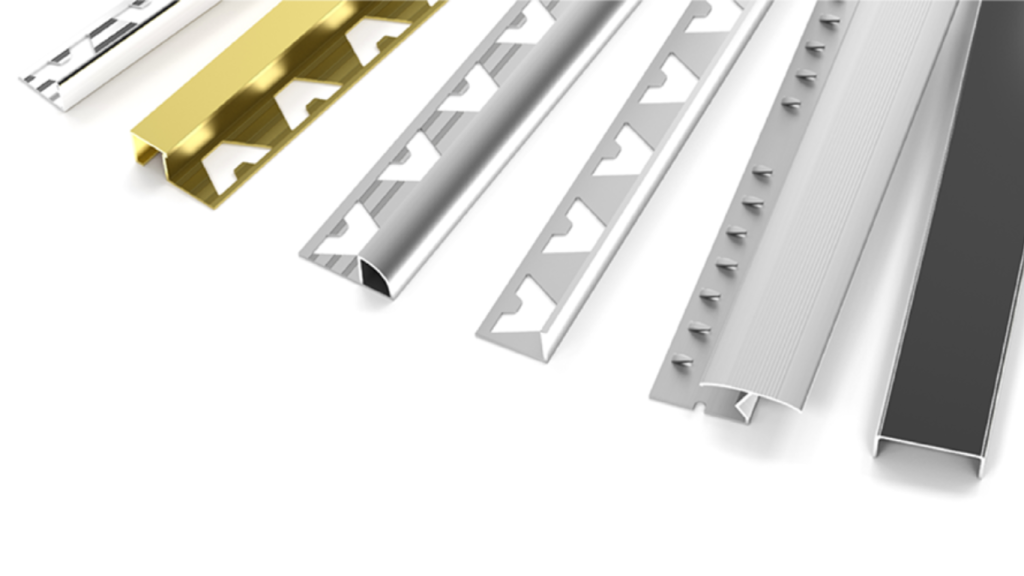Common Problems with Tile Movement Joints and How to Fix Them

Tile movement joints are crucial components in tile installations, providing the necessary flexibility to accommodate expansion, contraction, and other movements. Despite their importance, these joints can sometimes present problems that compromise the integrity of the tiled surface. Understanding these common issues and knowing how to address them is essential for maintaining a durable and aesthetically pleasing tile installation. This article explores the common problems with tile movement joints and offers practical solutions for fixing them.
Common Problems with Tile Movement Joints
Cracking and Splitting
- Problem: Over time, the materials used to fill movement joints, such as silicone or rubber, can become brittle and crack or split. This can happen due to exposure to extreme temperatures, UV radiation, or simply the natural aging process.
- Solution: Regularly inspect the movement joints and replace the filler material as soon as signs of cracking or splitting appear. Using high-quality, UV-resistant materials can also extend the life of the joints.
Debris and Contamination
- Problem: Movement joints can become clogged with dirt, dust, and other debris, which can hinder their flexibility and cause the filler material to degrade prematurely.
- Solution: Keep the joints clean by regularly sweeping and washing the tiled surface. For heavily soiled joints, use a gentle cleaning solution and a soft brush to remove debris without damaging the filler material.
Improper Installation
- Problem: Incorrect installation of movement joints can lead to a range of issues, including insufficient joint width, incorrect placement, and the use of inappropriate filler materials. These mistakes can cause the joints to fail in accommodating movement, leading to tile damage.
- Solution: Ensure that movement joints are installed correctly by following industry standards and manufacturer guidelines. Hiring experienced professionals for the installation can also prevent many common errors. Proper joint width, placement, and the use of suitable materials are crucial for effective performance.
Moisture Infiltration
- Problem: Water and moisture can seep into movement joints, especially in wet areas like bathrooms and kitchens. This can cause the filler material to deteriorate and lead to mold growth, compromising both the joint and the surrounding tiles.
- Solution: Use waterproof and mold-resistant filler materials in areas prone to moisture. Regularly inspect and maintain the joints to ensure they remain sealed and free from water ingress. Applying a suitable sealant can provide an additional layer of protection.
Movement Joint Displacement
- Problem: Over time, the filler material in movement joints can become dislodged or displaced due to heavy traffic, impact, or natural movement. This can leave the joints exposed and reduce their effectiveness.
- Solution: Inspect the joints regularly and reapply or replace the filler material as needed. Using flexible, impact-resistant materials can help prevent displacement. In high-traffic areas, consider using metal or plastic edge protectors to shield the joints from direct impact.
How to Fix Common Problems with Tile Movement Joints
Identify the Issue:
- Conduct a thorough inspection of the tile movement joints to identify the specific problem. Look for signs of cracking, splitting, debris buildup, moisture infiltration, and displacement.
Remove Damaged Material:
- Carefully remove the damaged or contaminated filler material using a utility knife or specialized removal tool. Be cautious not to damage the surrounding tiles during this process.
Clean the Joint:
- Clean the joint thoroughly to remove any remaining debris, dust, or old filler material. Use a vacuum or brush to ensure the joint is completely clear and ready for new filler material.
Apply New Filler Material:
- Select a suitable filler material that matches the requirements of the installation environment. For example, choose UV-resistant, waterproof, or mold-resistant materials as needed. Apply the new filler material evenly, ensuring it fills the entire joint space and adheres well to the tile edges.
Seal and Protect:
- If necessary, apply a sealant over the movement joint to provide additional protection against moisture and contaminants. In high-traffic areas, consider using edge protectors to prevent displacement and damage.
Conclusion
Tile movement joints are essential for maintaining the integrity and longevity of tile installations. However, they can present common problems such as cracking, debris buildup, improper installation, moisture infiltration, and displacement. By understanding these issues and knowing how to address them, you can ensure that your tile movement joints function effectively and keep your tiled surfaces in top condition. Regular inspection, maintenance, and the use of high-quality materials are key to preventing and fixing problems with tile movement joints.

